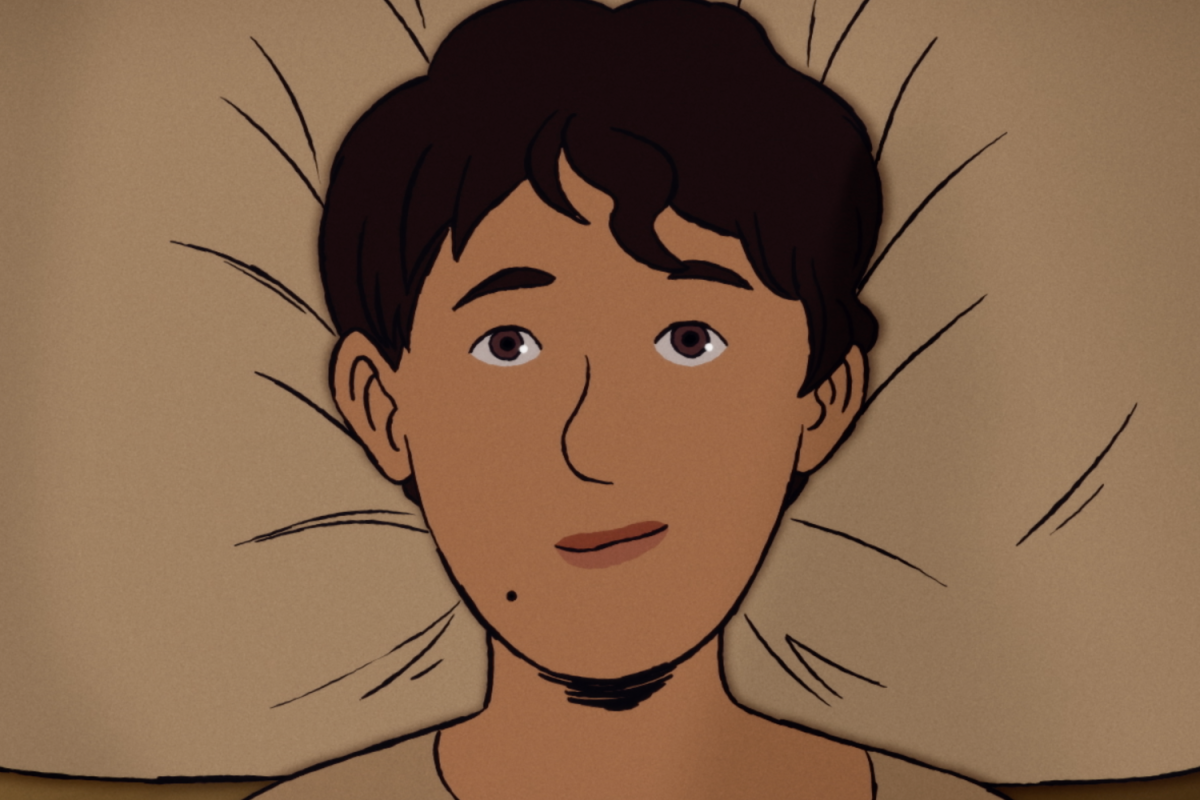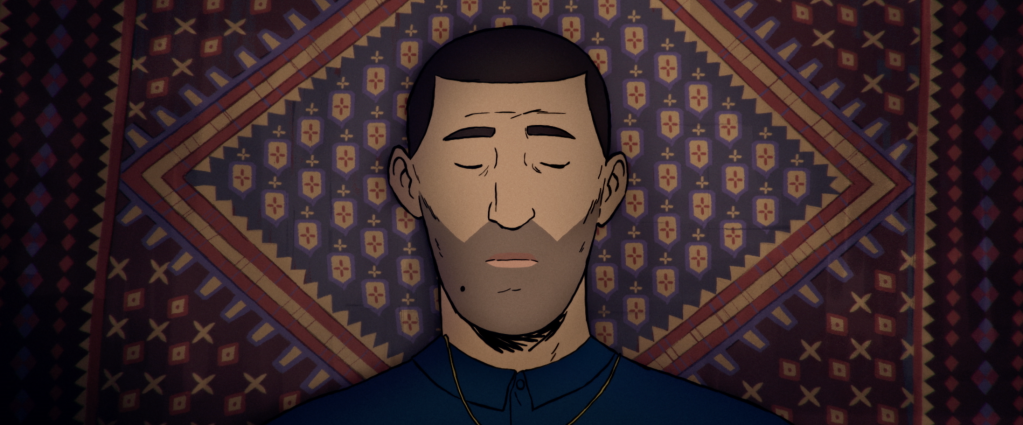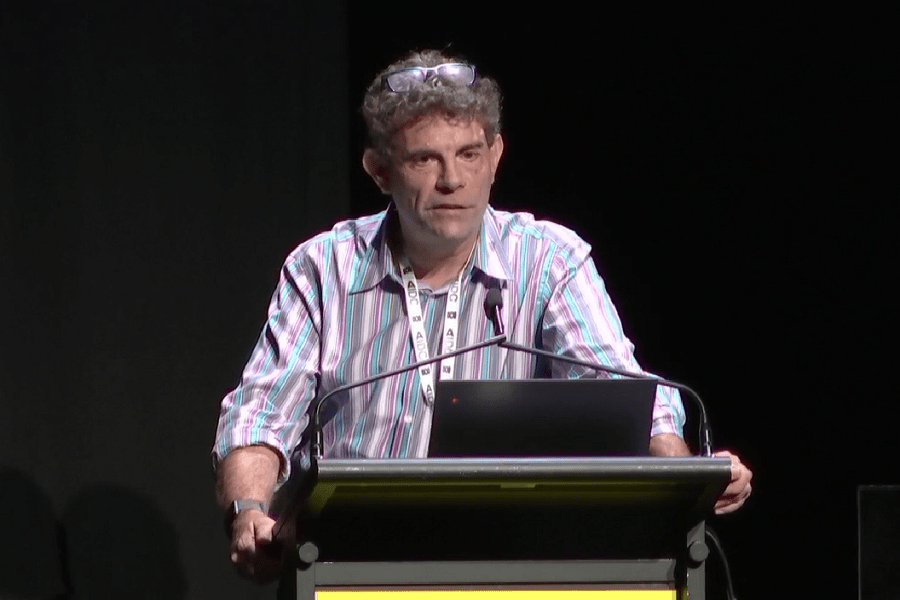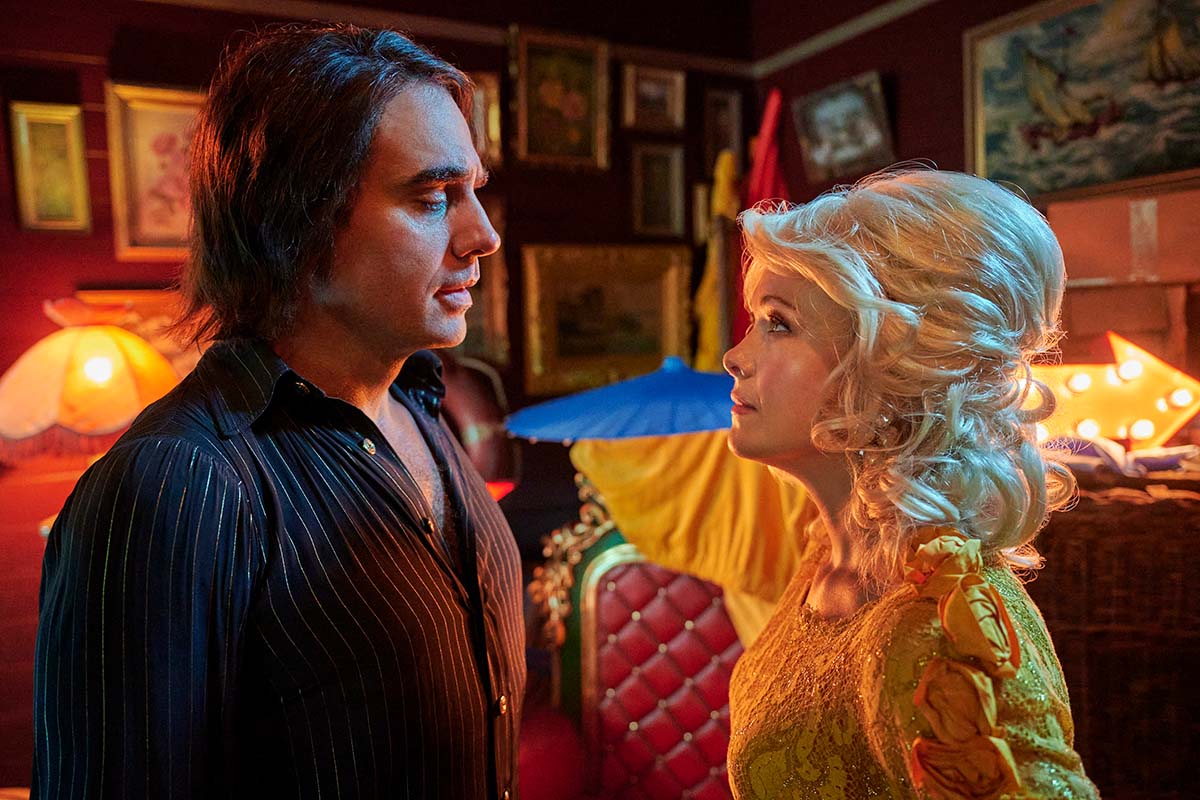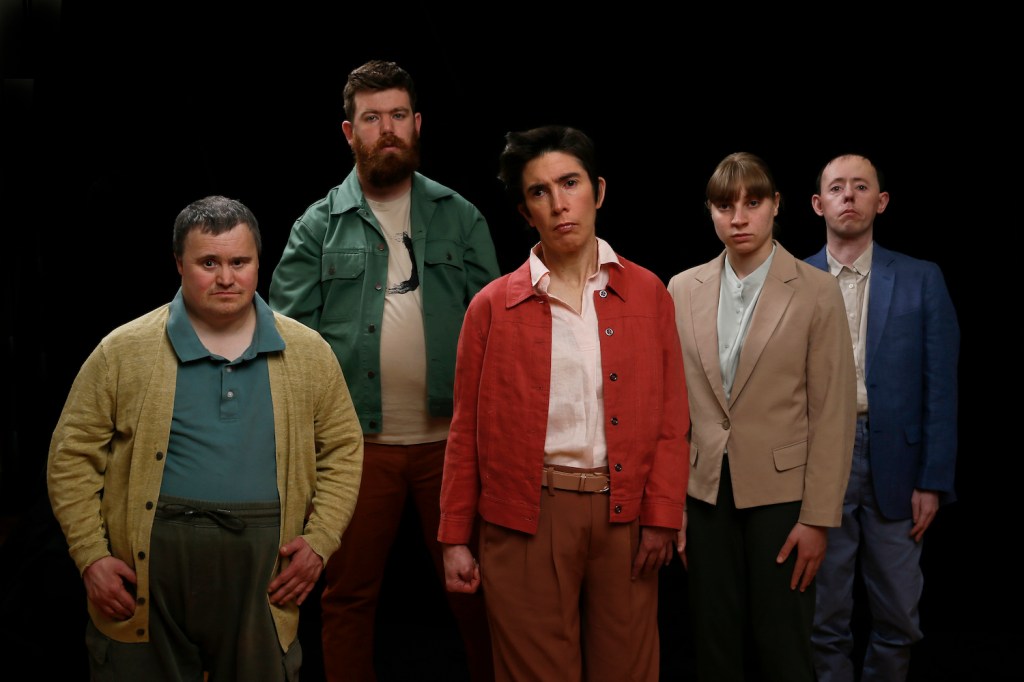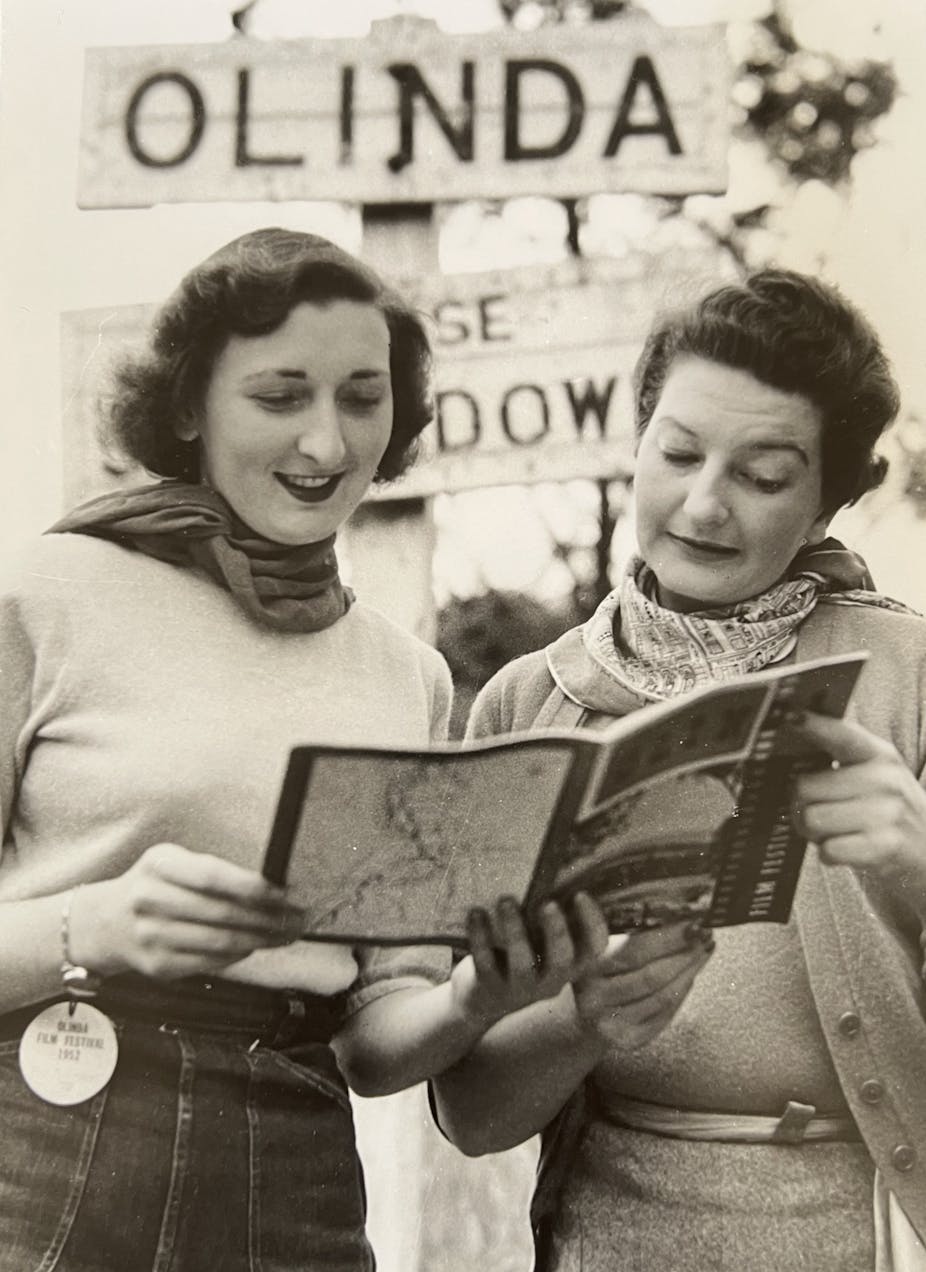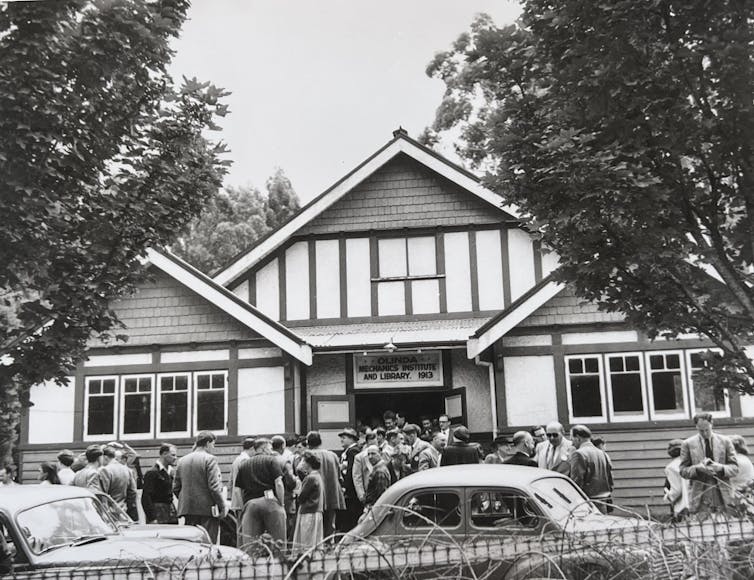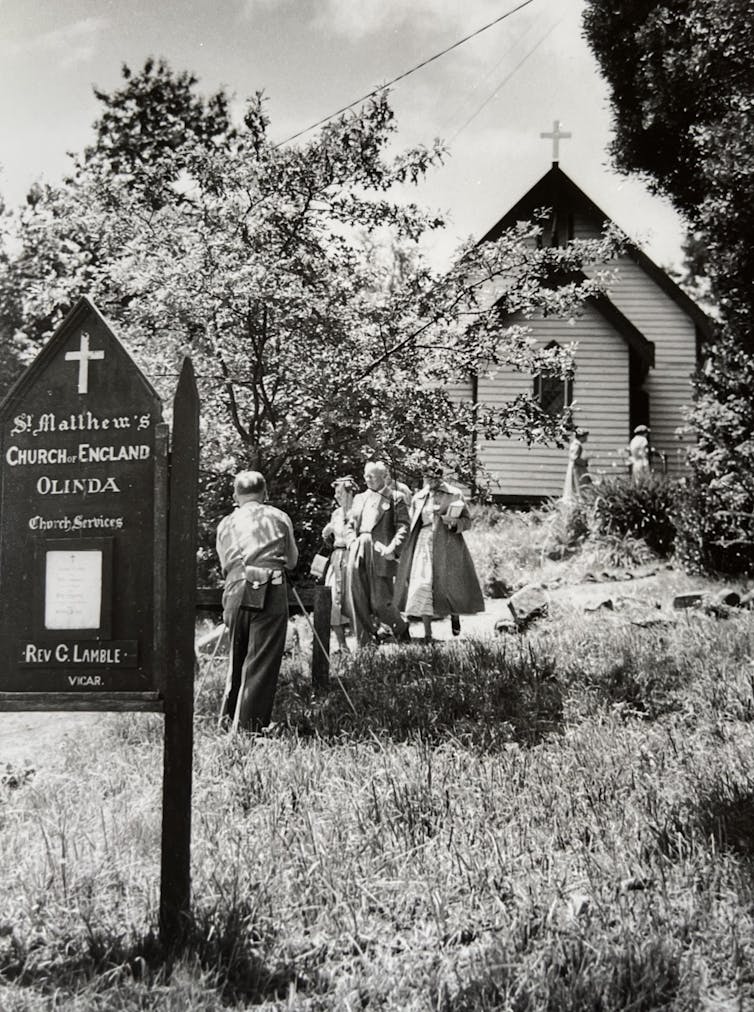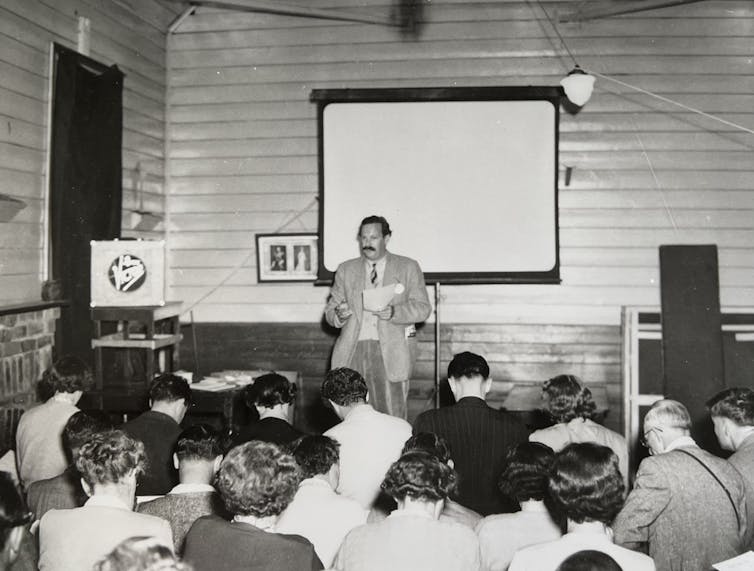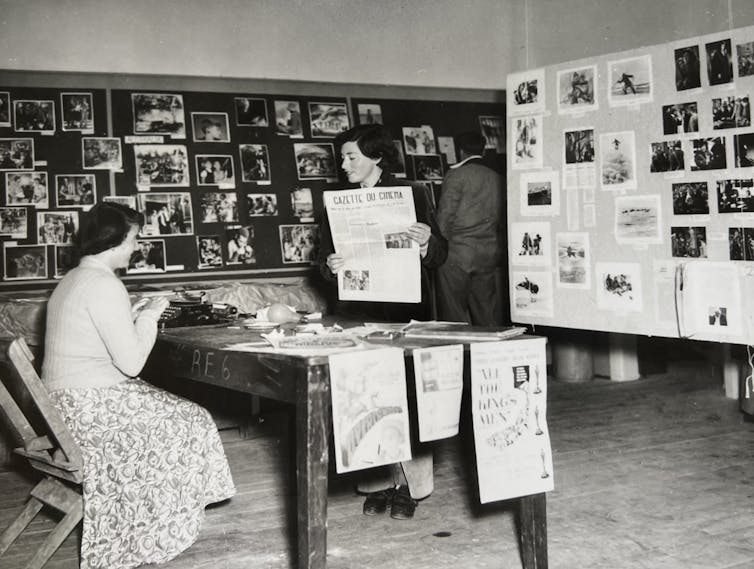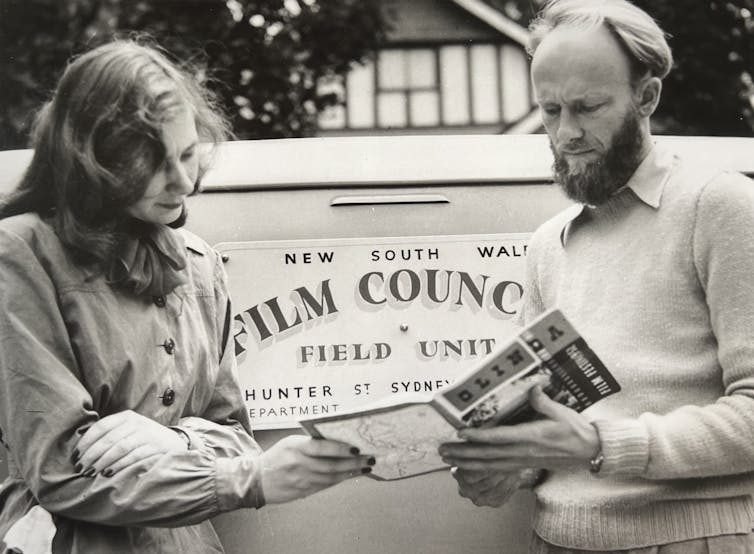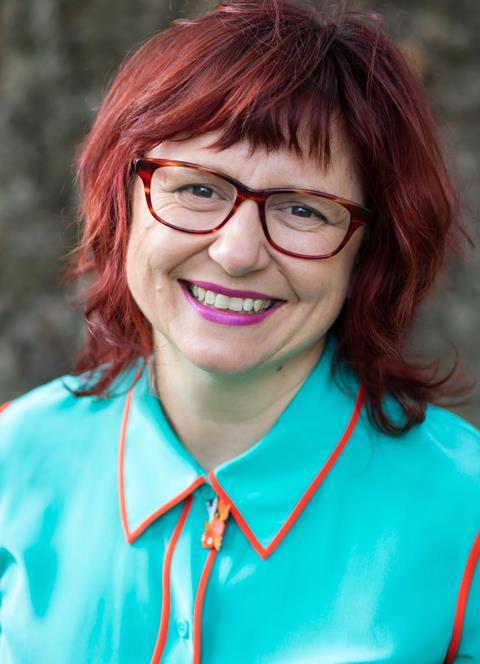See the full list of nominees for the 55th annual AWGIE Awards below. Winners in bold
FEATURE FILM – ORIGINAL
Blaze – Del Kathryn Barton and Huna Amweero
How To Please A Woman – Renée Webster
Sissy – Hannah Barlow and Kane Senes
Sweet As – Jub Clerc and Steve Rodgers
FEATURE FILM – ADAPTED
Mrs Harris Goes to Paris – Keith Thompson with Carroll Cartwright & Anthony Fabian, and Olivia Hetreed
The Drover’s Wife The Legend of Molly Johnson – Leah Purcell
The Stranger – Thomas M. Wright
SHORT FILM
Pasifika Drift – Natasha Henry
Snapshot – Becki Bouchier
The Moths Will Eat Them Up – Tanya Modini
When The Sky Was Blue – Rae Choi
DOCUMENTARY – PUBLIC BROADCAST (INCLUDING VOD) OR EXHIBITION
Beyond The Reef – Georgia Harrison
Big Deal – Craig Reucassel and Christiaan Van Vuuren
Girl Like You – Frances Elliott with Samantha Marlowe
Ithaka – Ben Lawrence
Peace Pilgrims – John Hughes
TELEVISION – SERIAL
Home and Away: Episode 7742 – Louise Bowes
Neighbours: Episode 8654 – Jessica Paine
Neighbours: Episode 8801 – Emma J Steele
TELEVISION – SERIES
Bump: Season 2, ‘AITA (Am I the Arsehole)’ – Jessica Tuckwell
Firebite: Season 1, ‘I Wanna Go Home’ – Kodie Bedford
Heartbreak High: Season 1, Episode 1 – Hannah Carroll Chapman
The Newsreader: Season 1, ‘A Step Closer to the Madness’ – Niki Aken
The Newsreader: Season 1, ‘No More Lies’ – Kim Ho and Michael Lucas
Total Control: Season 2, Episode 2 – Pip Karmel
TELEVISION – LIMITED SERIES
Fires – Tony Ayres, Belinda Chayko, Anya Beyersdorf, Steven McGregor and Jacquelin Perske with Mirrah Foulkes
Lie With Me – Jason Herbison and Margaret Wilson with Anthony Ellis
ANIMATION
Metropius: Season 1, Case #001 – Ally Burnham
CHILDREN’S TELEVISION – ‘P’ CLASSIFICATION (PRESCHOOL – UNDER 5 YEARS), ORIGINAL OR ADAPTED, ANIMATED OR PERFORMED
Beep and Mort: Season 1, ‘Beep’s Home’ – Charlotte Rose Hamlyn
Little J & Big Cuz: Season 3, ‘Levi Learns’ – Samuel Nuggin-Paynter
Little J & Big Cuz: Season 3, ‘Serpent’s Eye’ – Dot West
Little J & Big Cuz: Season 3, ‘Shelter’ – Adam Thompson
CHILDREN’S TELEVISION – ‘C’ CLASSIFICATION (CHILDREN’S – 5–14 YEARS), ORIGINAL OR ADAPTED, ANIMATED OR PERFORMED
Rock Island Mysteries: Season 1, ‘A Young Mystery’ – Marisa Nathar
The PM’s Daughter: Season 1, Episode 4 – Angela McDonald
The PM’s Daughter: Season 1, Episode 8 – Lou Sanz
The Strange Chores: Season 2, ‘Walk Wolfman’ – Luke Tierney
COMEDY – SITUATION OR NARRATIVE
How to Stay Married: Season 3, ‘Keyboard Warriors’ – Nick Musgrove
Metro Sexual: Season 2, ‘Martha Bradbury’ – Henry Boffin with Nicholas Kraak
Spreadsheet: Season 1, ‘Chlamydia & Nits’ – Kala Ellis
COMEDY – SKETCH OR LIGHT ENTERTAINMENT
Gruen: Season 13, ‘Punts’ – Sophie Braham and James Colley with Cameron James, Bec
Melrose and Mark Sutton
The Feed: ‘Comedy Sketches, 2021’ – Ben Jenkins, Alex Lee, Jenna Owen, Vidya Rajan and Vic Zerbst
AUDIO – FICTION
Sunshadow: Episode 1, Episode, 9 and Episode 10 – Phil Enchelmaier and Bronwen Noakes
The Bazura Project’s Radio Free Cinema: ‘Herzog’s Adventures in Wernerland’ – Lee
Zachariah with Shannon Marinko
The Fitzroy Diaries: Season 3, Episode 1, Episode 3, Episode 7 and Episode 8 – Lorin Clarke
The Great Mantini – Simon Luckhurst
Untrue Romance: ‘Call You Back’ – Tommy Murphy
AUDIO – NON-FICTION
The Phantom Never Dies: Fantomen – Maria Lewis
STAGE – ORIGINAL
Dogged – Andrea James and Catherine Ryan
Horizon – Maxine Mellor
STAGE – ADAPTED
Animal Farm – Van Badham
Playing Beatie Bow – Kate Mulvany
My Father’s Wars – Elaine Acworth
COMMUNITY AND YOUTH THEATRE
Euphoria – Emily Steel
Summer at Suspended Stone Camp – Madelaine Nunn
Very Happy Children With Bright and Wonderful Futures – Joshua Maxwell
THEATRE FOR YOUNG AUDIENCES
Cactus – Madelaine Nunn
House – Dan Giovannoni
We Are The Mutable – Matthew Whittet
INTERACTIVE MEDIA & GAMING
Sun Runners: Radioactive Laser Eyes – Zoe Pepper
WEB SERIES AND OTHER NON-BROADCAST/NON-‘SUBSCRIPTION VIDEO ON DEMAND’ TV SHORT WORKS
A Beginner’s Guide to Grief: Segment 1: Denial, ‘Stung By A Thousand Bees’ – Anna Lindner
All My Friends Are Racist: Season 1, ‘Cancelled’ – Kodie Bedford and Enoch Mailangi
Iggy & Ace: Season 1, Episode 3 and Episode 4 – AB Morrison
It’s Fine, I’m Fine: Season 1, ‘Poo Boy’ – Jeanette Cronin
The Power of the Dream: Season 1, ‘Swimming’ and ‘Weightlifting’ – Alexandra Keddie and Bobbie-Jean Henning
